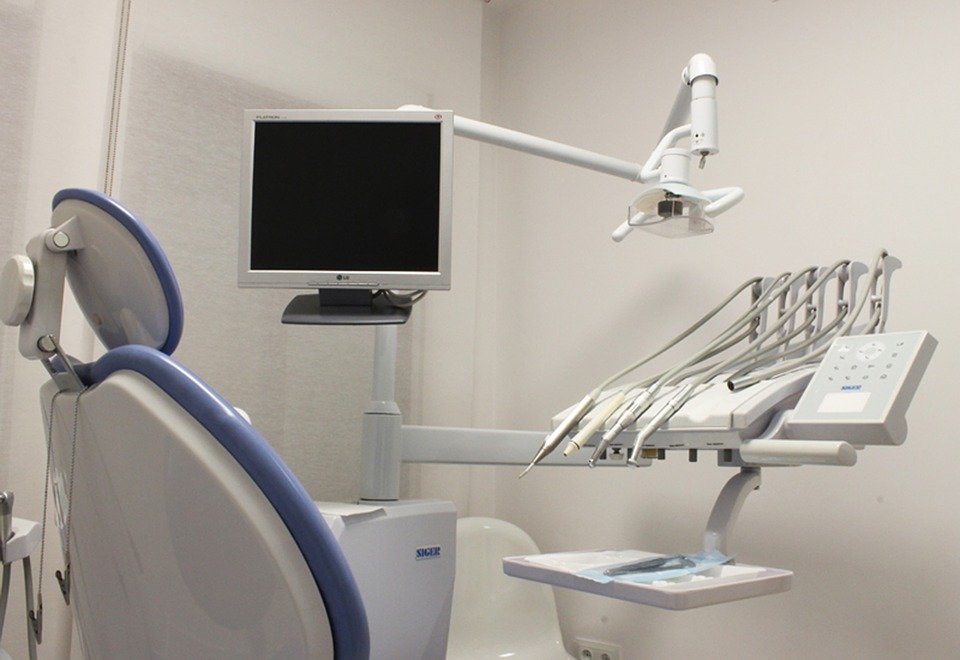
In a world dominated by technological advancements, even the field of dentistry has not remained untouched. Digital dentistry is now shaping the way dental care is provided. This article delves deep into the rise of digital dentistry and provides a glimpse into the exciting future that awaits.
Evolution Of Dentistry
Traditional dentistry often involved multiple visits, uncertain outcomes, and a degree of discomfort. The tactile sense and experience of the dentist played a pivotal role in determining the success of a procedure. With the digital revolution, software, and machines are complementing human skills. Advanced tools are now available, making procedures quicker, outcomes predictable, and the overall patient experience smoother.
Digital Imaging
Digital imaging transformed the diagnostic landscape. Dentists today utilize state-of-the-art tools such as intraoral cameras. These tools allow dentists to offer patients an insightful journey through their oral cavity. This visual walkthrough enables a richer understanding, turning abstract issues into tangible visuals.
The introduction of Cone Beam Computed Tomography (CBCT) has been a game-changer. By providing multidimensional 3D images, CBCT empowers dental professionals like my dentist in Hoboken, NJ, to scrutinize dental structures from diverse angles. This ensures that procedures, especially complex ones like implant placements, are executed with unparalleled precision.
Computer-Aided Design And Manufacturing
The introduction of CAD/CAM revolutionized dental restoration. Prior to this innovation, the creation of dental restorations was labor-intensive, marked by messy dental impressions, intricate molds, and prolonged lab waiting times.
In the digital age, the discomfort of traditional dental impressions has become obsolete, giving way to effortless digital scans. These not only eradicate discomfort but also significantly boost accuracy. The result? Restorations fit flawlessly, need minimal adjustments, and emulate the natural look and feel of teeth, ushering in an era of heightened patient satisfaction.
3D Printing
3D printing in dentistry is not confined to mere models and orthodontic devices anymore. It's carving out new frontiers by facilitating the crafting of biocompatible restorations. These printers, with their unmatched precision, ensure restorations are tailor-made, fitting a patient's unique dental anatomy like a glove. As the materials and technology underpinning 3D printing evolve, its potential applications in dentistry are bound to expand, holding the promise of unparalleled customization and innovation.
Teledentistry
Teledentistry transcends traditional dental care boundaries. It's not merely an aid for those in remote locations but serves as an invaluable asset for individuals with mobility constraints and those desiring insights from global specialists. This innovation provides the convenience of initial consultations, routine follow-ups, and post-operative assessments without the need for regular clinic visits. As the realms of artificial intelligence and machine learning integrate further into this domain, teledentistry stands poised to deliver real-time remedies for various dental concerns.
Digital Patient Records
Digital patient record systems epitomize more than just an environmental commitment. They offer immediate access to a comprehensive patient history—detailing prior treatments, allergies, and individualized care requirements. Such a cohesive system guarantees that every dentist who interacts with the patient is equipped with comprehensive knowledge, thereby mitigating potential errors and optimizing the patient care trajectory.
Dental Simulation
Simulation in dental education is transformative. Beyond furnishing a zero-risk platform, it gifts students the luxury of iterative learning, allowing them to perfect their techniques through repetition. By mirroring real-world dental dilemmas, simulation environments arm future dentists with the experience to navigate complex scenarios, ensuring they're not just skilled but truly adept in their profession.
Challenges And The Path Forward
Digital dentistry brings a lot of exciting changes and opportunities. However, like all new things, it also comes with its set of challenges.
- Cost: One of the first hurdles many dentists face is the high cost of new digital tools and machines. Buying this equipment can be expensive, especially for smaller clinics or newly established ones.
- Training: Just having advanced tools isn't enough. Dentists and their teams need proper training to use them correctly. Right now, there's no single standard for this training, which means some might be getting better instruction than others.
- Safety Of Information: As more patient information goes digital—like with online dentist appointments or stored patient histories—there's a growing concern about keeping this data safe. No one wants personal or medical information to get into the wrong hands.
However, it's essential to remember that every challenge also presents an opportunity. With careful planning, smart choices, and a commitment to always learning and improving, dentists can overcome these obstacles and make the most of what digital dentistry has to offer.
The Takeaway
Digital dentistry, with its myriad of innovations, has truly revolutionized the dental landscape. As technology continues to evolve, there's no telling how much more transformative the field of dentistry can become. While challenges persist, the benefits far outweigh the drawbacks. The future of dental care is digital, and it promises a world where treatments are not just efficient and precise but also tailored to meet the unique needs of every individual.